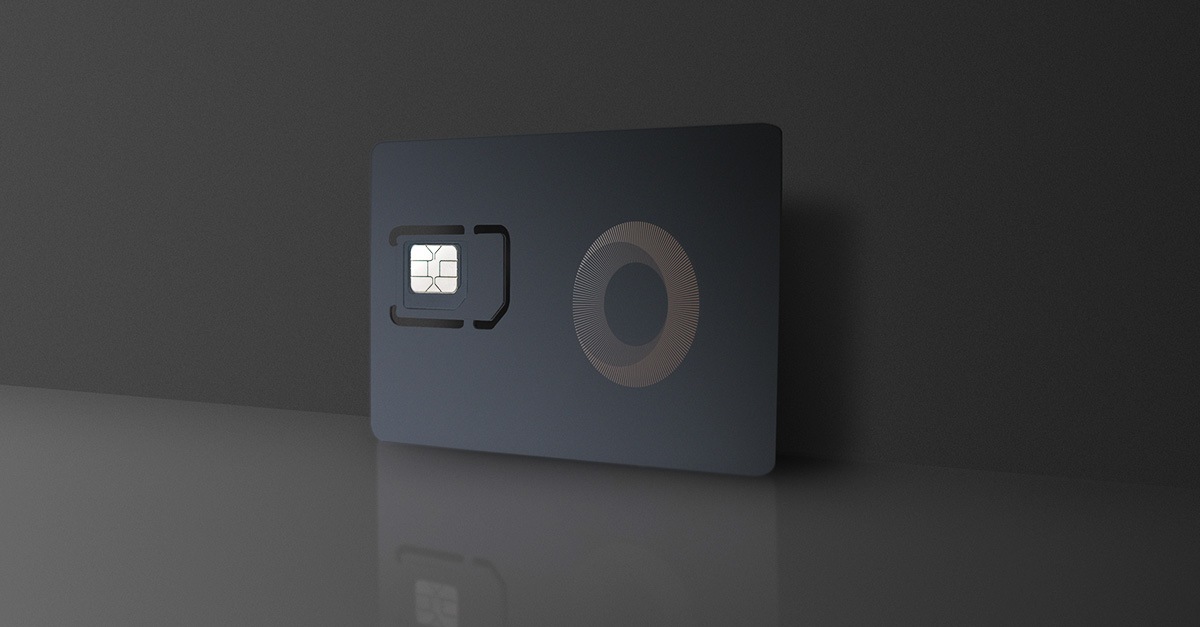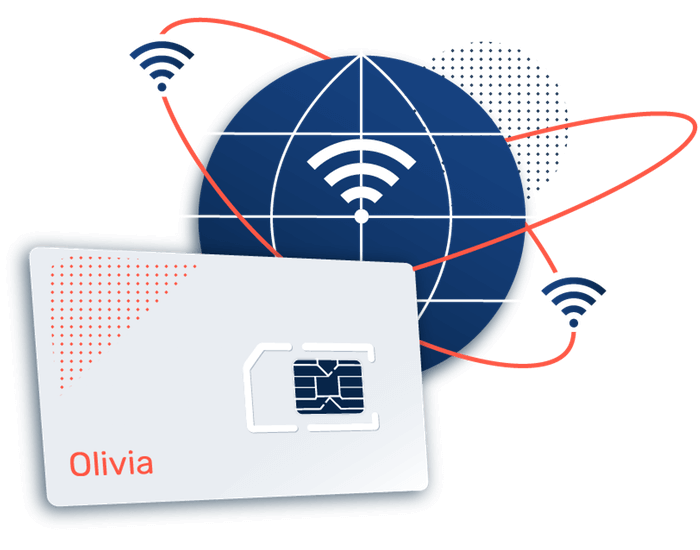Connectivity Management Platform IoT Top IoT Connectivity Management Platforms
Connectivity Management Platform IoT Top IoT Connectivity Management Platforms
Blog Article
Connectivity Technologies In IoT Definition of IoT Connectivity

The rapid evolution of the Internet of Things (IoT) has led to an increased focus on connectivity solutions for gadgets, allowing them to communicate and relay data effectively. As businesses and industries incorporate IoT options to improve effectivity and increase processes, understanding the differences between cellular and non-cellular IoT connectivity becomes important.
Cellular connectivity makes use of existing cellular networks to attach devices, allowing for knowledge transmission over extensive geographical areas. This technology is well-established, supported by many years of infrastructure growth, and has the advantage of offering users strong protection and dependable communication. Devices equipped with cellular know-how can faucet into the 2G, 3G, 4G, and the rising 5G networks, providing high-speed data transfer capabilities.
Non-cellular IoT connectivity supplies alternative communication methods that do not rely on cellular networks. These alternate options can embody Wi-Fi, Bluetooth, Zigbee, LoRaWAN, and other specialized protocols designed for specific use circumstances. This category often targets short-range applications, similar to house automation or localized sensor networks, the place broad cell protection may not be necessary.
IoT Connectivity Sim M2M Connectivity Solutions in IoT
The selection between cellular and non-cellular connectivity primarily hinges on the precise necessities of the appliance. For example, cellular networks are often preferred for assets which might be mobile, roaming between different geographic areas, or require real-time information communication. This makes cellular connectivity perfect for purposes similar to vehicle tracking and smart transportation systems, where gadgets incessantly transition between totally different community zones.
In contrast, non-cellular connectivity tends to be favored in environments the place gadgets exist stationary and communication doesn't require in depth coverage. For example, inside a wise building, multiple IoT sensors can communicate over Wi-Fi or Zigbee, efficiently sending information on energy utilization, occupancy, or environmental circumstances without needing the expansive attain of cellular networks.
IoT Connectivity Types Types of IoT Connectivity Explained
Another pivotal consideration is value. Cellular connectivity can entail higher prices for knowledge plans, especially for high-data-use purposes. Depending on the volume of information transmitted, organizations must consider the long-term costs coherently. Conversely, non-cellular options often contain lower working expenses since many units can communicate over personal networks without incurring month-to-month fees.
In terms of energy consumption, non-cellular technologies regularly stand out. Many low-power protocols, corresponding to LoRaWAN, have been specifically designed to reduce energy usage, extending the battery lifetime of connected units significantly. This is significant for functions similar to environmental monitoring or agricultural sensors, the place maintenance must be rare.
IoT Connectivity Management Platform Options for Choosing IoT Connectivity
Security is another essential issue influencing the selection of connectivity type. Cellular networks benefit from established safety protocols and encryption strategies, which can scale back vulnerability to assaults. Non-cellular options, whereas offering flexibility and lower costs, can current extra varied security challenges, requiring careful implementation of encryption and security measures to guard person data and device integrity.
Latency is a critical facet impacting efficiency in IoT functions. Cellular networks, significantly with the advancements seen in 5G, provide low-latency communication ideal for real-time purposes. This is paramount for sectors corresponding to telemedicine or autonomous autos, the place delays in data transmission can result in severe consequences. Non-cellular technologies can introduce higher latency, making them less suitable for tasks demanding real-time interplay.

The scalability of IoT methods also displays the variations between the two forms of connectivity. Cellular networks already accommodate hundreds of thousands of units, as a outcome of they are built with a broad consumer base in mind. This makes them a gorgeous option for large-scale deployments requiring widespread protection. Non-cellular solutions, significantly those working on local networks, can face hurdles concerning scalability, especially when quite a few units should be coordinated.
Environmental circumstances and bodily obstacles can closely influence the effectiveness of connectivity choices. Cellular signals can penetrate buildings and transmit over longer distances, making them versatile in varied settings. Conversely, non-cellular technologies, while probably limited in range, can make the most of mesh networking capabilities, allowing gadgets to relay information via one another, extending the effective communication space - IoT Connectivity Security.
Connectivity Of IoT Cellular IoT Revenue Growth in 2023
In practical terms, many modern IoT strategies adopt a hybrid approach, using each cellular and non-cellular connectivity depending on specific requirements. Such a strategy allows customers to learn from the strengths of each methods while mitigating their weaknesses. For example, a smart city could deploy cellular sensors for site visitors Read Full Report administration while using Wi-Fi for local environmental monitoring stations.
The future of IoT connectivity rests in improved technologies that can proceed to bridge the gap between cellular and non-cellular options. Advancements in edge computing may enable gadgets to process data locally, lowering the necessity for constant connectivity. Increased collaboration between various varieties of networks, corresponding to integrating cellular backhaul with local area networking, can result in revolutionary solutions for various industries.

Ultimately, deciding between cellular and non-cellular IoT connectivity necessitates a comprehensive analysis of the specific use case. Factors like coverage, cost, energy consumption, latency, and safety must all be weighed to select an appropriate connectivity answer.
The evolution of IoT signifies an thrilling future, the place the mixing of cellular and non-cellular technologies can create a extra linked world. As industries continue to innovate while integrating IoT techniques, the flexibility and adaptability provided by a mix of those connectivity options will pave the greatest way for extra efficient and responsive options.
Long Range IoT Connectivity Best IoT Connectivity Management Software
Through understanding the distinctions between cellular and non-cellular IoT connectivity, stakeholders can strategically deploy solutions that meet their specific needs, markedly improving the efficacy of IoT purposes in real-world contexts.
- Cellular IoT connectivity utilizes established cellular networks for seamless knowledge transmission, offering widespread coverage and reliability.
- Non-cellular IoT, similar to LoRaWAN or Sigfox, typically operates on low-power radio frequencies, making it best for rural or hard-to-reach areas where cellular providers could be limited.
- Cellular networks support high bandwidth applications, enabling real-time data transfer, which is essential for sectors like telemedicine or autonomous autos.
- Non-cellular options sometimes eat less power, allowing gadgets to have longer battery life, which is advantageous in environments the place frequent maintenance is impractical.
- Cellular IoT gadgets might require a subscription-based knowledge plan, leading to higher ongoing prices in comparability with non-cellular techniques that can be inexpensive to operate.
- Non-cellular IoT technologies often present larger scalability for large-scale deployments, as they will connect hundreds of devices with out overwhelming a single community node.
- Cellular connections tend to offer extra sturdy security protocols, critical in industries requiring stringent information safety measures, similar to finance or healthcare.
- The latency in non-cellular networks may be higher, making them much less appropriate for applications where well timed knowledge processing is essential, corresponding to industrial automation.
- Geographic availability can restrict non-cellular IoT deployment in urban areas, whereas cellular infrastructure is typically extra developed and accessible.
- Non-cellular options may introduce complexities in gadget integration and management, whereas cellular technologies profit from a more homogenized ecosystem supported by main telecom providers.undefinedWhat is the main distinction between cellular and non-cellular IoT connectivity?
Cellular IoT connectivity makes use of mobile networks (like 4G and 5G) for communication, whereas non-cellular options depend on various methods corresponding to Wi-Fi, LoRaWAN, or satellite. The selection affects coverage, power consumption, and information transmission capabilities.
IoT Connectivity Six Major IoT Connectivity Technologies
How does coverage differ between cellular and non-cellular IoT options?
Cellular IoT has intensive coverage, significantly in urban areas, benefiting from established cellular networks. Non-cellular choices might have restricted range relying on the expertise; for example, Wi-Fi protection is confined to the range of a router, whereas satellite can provide global attain.
What are the prices associated with cellular versus non-cellular IoT connectivity?
Connectivity Management Platform IoT Overview of IoT Connectivity Technologies
Cellular IoT typically incurs month-to-month information charges tied to a mobile plan. Non-cellular solutions might need decrease ongoing costs but might require extra important upfront investments in hardware or infrastructure, affecting the general budget depending on the appliance.
Which choice presents higher energy effectivity for IoT devices?
Non-cellular IoT connections, such as LoRaWAN, are generally official website more power-efficient, allowing units to function for extended periods on battery (Mobile Data Connectivity For IoT). Cellular IoT may devour extra power, particularly throughout excessive data transmissions, however newer technologies like NB-IoT goal to improve efficiency.
What forms of purposes are best suited to every connectivity type?
IoT Satellite Connectivity Connection Types and IoT Devices Overview
Cellular IoT is right for functions requiring mobility or in depth geographic coverage, like fleet monitoring. Non-cellular solutions excel in situations where low knowledge transmission and low power consumption are priorities, similar to smart agriculture or remote sensors.
How safe are cellular and non-cellular IoT connections?
Cellular networks often have built-in security measures, together with encryption and authentication, benefiting from regulatory oversight. Non-cellular connections can differ in safety based mostly on the particular know-how used, necessitating cautious consideration for critical purposes.
IoT Connectivity Management Beginner's Guide to IoT
What are the latency variations between cellular and non-cellular IoT connectivity?
Cellular IoT typically provides decrease latency, making it appropriate for real-time applications. Non-cellular options may expertise higher latency, especially in networks that depend on longer-distance transmissions or much less optimized protocols.
Can I switch from cellular to non-cellular connections in an present IoT application?
IoT Connectivity Platform Best IoT Connectivity Management Software
Switching is possible but requires careful assessment of the appliance's wants. Strategies should be developed to handle variations in coverage, power, data rates, and overall architecture to ensure the IoT solution remains effective - Nb-IoT Connectivity.
What components ought to I think about when selecting between cellular and non-cellular IoT connectivity?

Consider protection area, knowledge necessities, energy constraints, device mobility, security needs, and price range. Each utility's unique requirements will help decide essentially the most appropriate connectivity solution for optimal performance.
Report this page